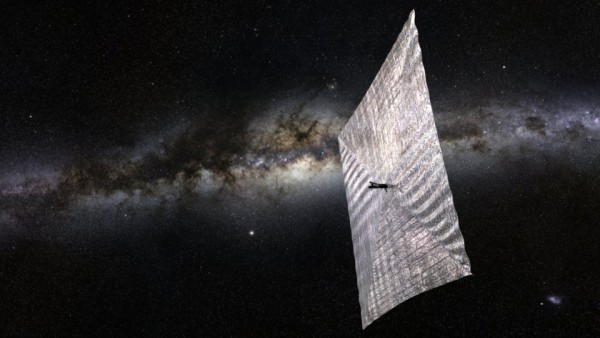A small spacecraft that can travel through space using a sail powered by solar energy has now come back to life on Saturday afternoon that went through a series of technical difficulties last week. The team has decided to unfurl its shiny sail today, Sunday to finally complete the mission.
LightSail is developed by the Planetary Society which is a non profit organization that aims to promote space exploration, founded by Bill Nye. The technology uses sunlight or solar energy for the spacecraft to propel itself through space much like sailboats here on Earth. Light particles are used for the sail to gain momentum that can provide propulsion without the use of rockets and chemical fuel.
The LightSail was successfully launched via an autonomous Unites States Air Force space plane into orbit and was working for two days before its computer crashed due to a software problem.
After eight days of silence from the tiny craft, engineers pinpointed the problem to high speed charged particles travelling in space that scrambled the craft's memory, forcing it to reboot.
Last Wednesday, when the solar panels of the craft were launched in order to prepare for the sail's deployment, the batteries suffered a failure that made it offline where no energy current was flowing, forcing the LightSail to fall silent again.
Since the LightSail team apparently do not have access to NASA's network of radio telescopes all over the planet, the team solely relies on a couple of ground stations in the U.S., the California State Polytechnic University in San Luis Obispo and the Georgia Institute of Technology.
This indicates that there are no communications between the craft and the mission control center if it is hovering beyond North America. However, according to mission manager David Spencer, on Saturday, June 6, at around 2:21 P.M. EDT, there was a good strong signal from LightSail.
After this, progress continued for the LightSail's condition where its next orbit revealed that seven to eight batteries already had current flowing into them which is a very good indication of the craft's health since its solar panel deployment last Wednesday, Spencer adds.
The problem may have been caused by a surge of current when the craft passed from shadow to sunshine.
Since LightSail is now working again, engineers are ready to deploy the sail that will extend from 13 foot booms where it will unfurl 345 square feet of Mylar. The first chance to execute this will be later at 2 P.M. EDT June 7, Sunday where it will be in contact with the mission control station and when sunlight is most ideal to hit the solar panels.
The confirmation of the sail deployment will arrive on Monday.


